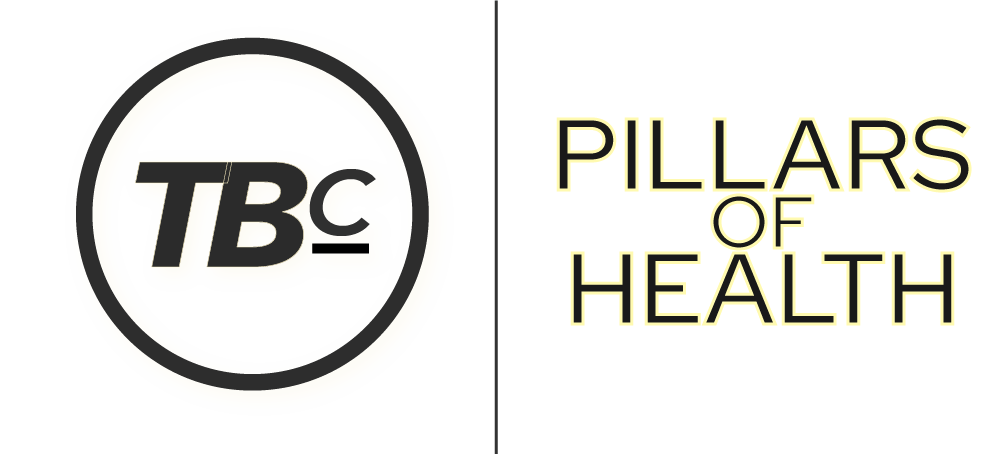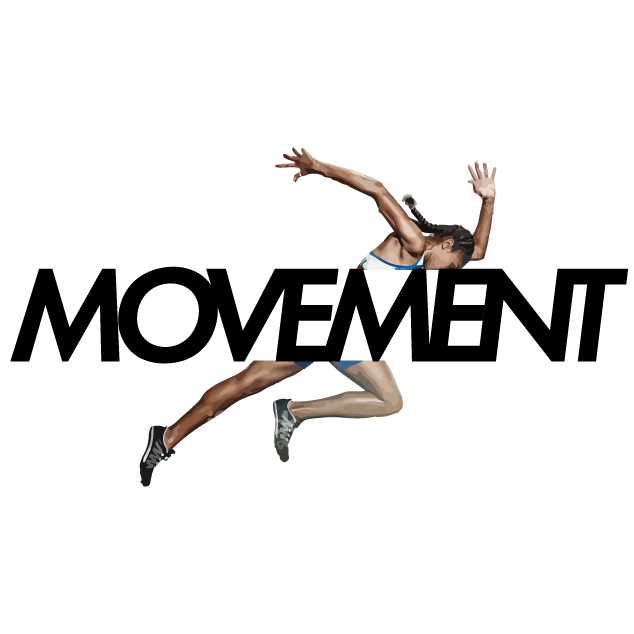What’s Missing In Your Movement?
Do the limitations of modern exercise affect your results?
Modern exercise tends to look like one of two approaches:
Both are perfectly fine in many situations — especially in youth.
However, in the real world, we’re not all young and healthy — and there are plenty of health scenarios where cardio and/or weight training simply aren’t optimal.
In fact, both invite some level of risk in many situations, especially when overdone.
Risks of excessive traditional exercise include:
Excessive Exercise
How much is too much exercise? It depends on who you are — and your health background.
Keep in mind that:
The greatest risks of excessive exercise comes in hypothyroidism, where exercise can slow the thyroid and increase cardiovascular risk.
Inferior Movement
Even if traditional exercise had zero health risks, it’s still an inferior approach to movement for overall health. It simply doesn’t optimally nurture the body’s complex biophysiology or chemistry in all situations.
It’s also unexciting and therefore difficult to stick to for most people.
The traditional exercise paradism is a risky, inferior, and undesirable method. It’s mostly used to try and lose weight/build muscle as fast as possible — rather than build sustainable health. These short-run goals only make the traditional exercise method more risky, more inferior and more undesirable over the long run as the body becomes stressed, depleted, injured, bored, and tired.
The solution
What do we do, then, if neither cardio and weight training are always the solution?
The answer is something more basic, more fundamental — that splits the difference between extremes.
We need an approach that garners nearly all of the benefits of cardio and strenth training — while incurring virtually none of the risks.
To optimize our health, we don’t need “exercise” — we need movement.
The term “exercise” and we picture: sweat, endless repetitions, fatigue.
Maybe even primal screaming and slamming weights.
But is that optimal? No — in fact, that sort of exercise is proven to lower thyroid function.
And unless you’re young and have zero underlying health problems, that sort of exercise isn’t going to help meet your goals anyway.
That’s why endless fitness coaches spam email inboxes weekly with buddy-buddy inspirational talk: “working out” generally isn’t enjoyable or effective.
Most people, envisioning fun, don’t want endless reps and fatigue. Not when we’re already tired to begin with.
Exercise is inherently stressful — by nature, it takes from the body: energy is burned, nutrients are used, and inflammation rises.
A young, healthy body can suffer this acute stress — and bounce back stronger. But what if you’re not young, or you’re not in perfect health?
Is there a better way? Can we move in ways that are only restorative, and only beneficial?
Restorative movement increases health — and eliminates risk.
It’s not about getting ripped as fast as possible, or losing weight overnight.
However, this could be the most sustainable method to lose weight and keep it off for good. Movement can absolutely get you ripped, and sustainably, too.
But restorative movement is always good for you — at any stage of life, and no matter what your health challenges are.
Restorative movement always helps you sleep better at night. It leaves you refreshed and able to move more tomorrow.
Restorative movement also encourages good digestion and liver function, increasing lymphatic function and lowering inflammation.
Restorative movement calms the nervous system and relieves stress — even in the most depleted body.
Rather than leading to imbalance, restorative movement promotes biochemical, biophysical, muscular, hormonal and nervous system balance.
Competing forces in the muscles and joints are nourished. Entire muscle groups and fascia are worked synergistically, with neurons firing and wiring together.
The body — with its many disparate parts — becomes unified and synchronized as one with restorative movement.
As we age, the body tends to de-unify and de-coordinate (source) — your disparate parts lose their connection and cooperation. Along with aging, this is made worse by sedentarism, isolated exercises, and our technology.
Amazingly, using the entire body in unison brings you — all of you — back together.
There’s certainly no limit to the types of movements that can be restorative.
In fact, nearly any movement can be restorative — so long as it meets these basic criteria:
- less-repetitive
- low-to-moderate effort
- utilizes the whole body
- involves the mind
- requires some level of balancing
What we’re getting away from are the standard, isolated, extreme motions of traditional exercise: tight, repetitive motion that requires maximal effort, isolated muscle groups, little balancing, and an inactive, unware mind.
Amazingly, this is exactly how to describe most exercises that focus on 1) rapidly building muscle and 2) rapidly burning fat. They usually fail miserably in each “restorative” criterion.
And maybe that’s why “exercise” is such an endless battle for so many: it’s not actually meeting their needs. Exercise is not restoring us — like it should.
While endless variations can be restorative, there are five that are most essential.
These essential motions meet the needs of the body at a deep, foundational level.

The body has inherent movements that it is especially designed for — and the 5 Motions meet each of them.
But it’s not just that the body is capable of these motions, it has a biological need for them.
Without adequte movement, biological systems weaken and begin to fail.
If a butterfly does not flap her wings, they atrophy and weaken. Merely having wings means they must be flapped.
If the human body does not move in the major ways it is designed for, it atrophies much the same: systems weaken and begin to fail. We become more injury prone, energy deficient — weaker — without the essential motions.
Restorative movement can achieve what ‘exercise’ can’t.
Restorative movement can breathe life into tired minds.
It can gently nourish a sluggish digestive system — without triggering the 80% increase in gut membrane permeability that makes exercise intolerance so prevalent among those with gut problems.
It can improve blood flow without triggering a drop in thyroid function.
Rather than depleting cell-mediated immunity (source) and white blood cell counts, restorative movement can improve immunity.

This is all true even in the chronically ill with low exercise tolerance.
Restorative movement can improve inflammation, and upregulate insulin sensitivity and glucose metabolism. Nutrients can absorb better.
All motions are good for lymphatic drainage (the body’s waste removal system), but not all avoid the risks of overexertion and imbalance. Restorative movement promotes detoxification (source) in the toxic body more safely.
Above all, restorative motions take advantage of all the benefits of movement — while minimizing risk.
The result? Optimal movement for health, recovery, and longevity. No matter who you are or where you are on your journey.


